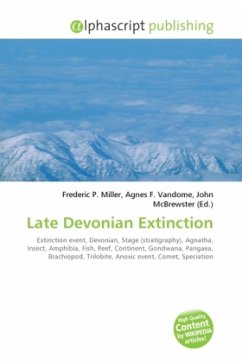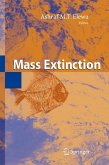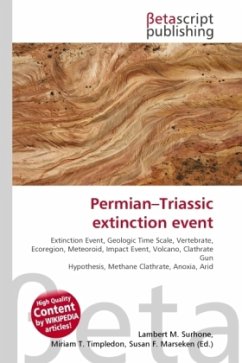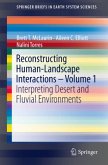The Holocene extinction is the widespread, ongoing extinction of species during the present Holocene epoch. The large number of extinctions span numerous families of plants and animals including mammals, birds, amphibians, reptiles and arthropods; a sizeable fraction of these extinctions are occurring in the rainforests. Between 1500 and 2006 CE, 784 extinctions have been documented by the International Union for Conservation of Nature and Natural Resources. However, since most extinctions go undocumented, scientists estimate that during the 20th century, between 20,000 and two million species actually became extinct, but the precise total cannot be determined more accurately within the limits of present knowledge. Up to 140,000 species per year (based on Species-area theory) may be the present rate of extinction based upon upper bound estimating. In broad usage, the Holocene extinction includes the notable disappearance of large mammals, known as megafauna, starting 10,000 yearsago as humans developed and spread. Such disappearances have been considered as either a response to climate change, a result of the proliferation of modern humans, or both.
Bitte wählen Sie Ihr Anliegen aus.
Rechnungen
Retourenschein anfordern
Bestellstatus
Storno








